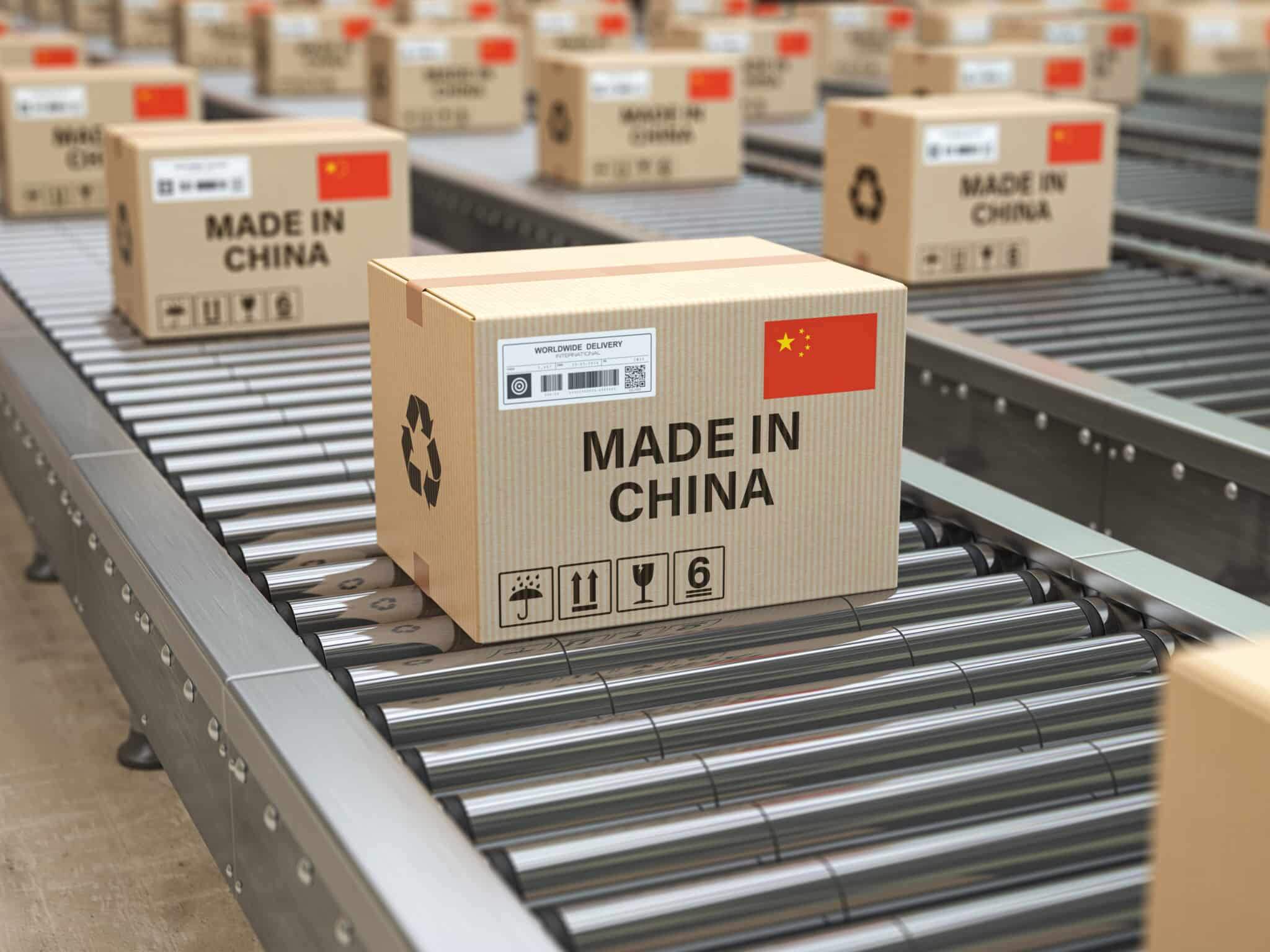
China’s Manufacturing Sector Slowed Down in April
The manufacturing sector in China slowed down in April due to the slowing export demand. The global pandemic caused a substantial economic impact even as factories in China resumed production.
Two sets of data released on Thursday demonstrated this.
According to a private survey – the Caixin/Markit manufacturing Purchasing Managers Index (PMI) for April was 49.4.
On the contrary, analysts polled by Reuters expected the Caixin/Markit manufacturing PMI to be at 50.3 compared to 50.2 reported in March.
Meanwhile, according to China’s National Bureau of Statistics, the manufacturing activity in China expanded slightly. The bureau reported an official PMI of 50.8 in April compared to 52.0 in March.
Analysts polled by Reuters expected the official manufacturing PMI to be 51.0 in April.
A PMI reading of above 50 indicates expansion, while below 50 indicates a contraction.
The Caixin survey features a wider mix of small and medium-sized businesses. The official survey features a big portion of state-owned companies and other big businesses.
In February 2020, the official manufacturing PMI hit a record low of 35.7.
The Caixin reading also dropped to a record low of 40.3 as the coronavirus outbreak first emerged from Wuhan.
China implemented large-scale lockdowns from late January to slow down the spread of the virus (Covid-19), sending the world’s second-largest economy to a standstill.
China’s GDP contracted by 6.8% in the first quarter of 2020 from the previous year – the first decline since 1992 when the official quarterly GDP records started.
China has started lifting some lockdowns with people going back to work as a number of new cases drops.
However, the demand for Chinese products is now expected to drop after the virus spread globally. This sparked concerns about the global recession.
China’s National Statistics
According to China’s National Bureau of Statistics, PMI reading analysis shows that recovery in demand was weaker than recovery in production.
The analysis was particularly true in textile, apparel manufacturing and production of chemical raw materials.
The bureau also flagged increased uncertainties in the export market as some factories reported cancelled orders.
The global economic activity has contracted sharply as the epidemic accelerated overseas. China’s foreign trade is facing greater challenges.
The Caixin/IHS survey also reflected the same sentiments.
Zhengsheng Zhong said shrinking foreign demand hindered China’s economic recovery despite China containing its domestic epidemic.
Zhengsheng Zhong is the chief economist at the CEBM Group, which is a subsidiary of Caixin.
Caixin/IHS survey showed a sharp contraction in foreign demand in April, dropping lower than that in February. The survey pointed to a sharp decrease in foreign demand amid the global pandemic.
Zhengsheng Zhong also added that even though manufacturing output expanded at a faster rate, the export orders plunged amid sluggish demand. Meanwhile, there was just a limited recovery in domestic consumption.
The work resumption rate of larger firms was over 98% in April, but only 77.3% of them reported at 80% or more of their usual capacity.
Bruce Pang said the national utilization rate, especially for small-and-medium-sized businesses, was still facing severe headwinds in the sluggish domestic and external demand.
Bruce Pang is the head of macro and strategy research at China Renaissance Securities.
China’s ‘unbalanced economy’ needs greater government control for growth
The Chinese authority has rolled out measures to support the economy.
In April, the People’s Bank of China reduced benchmark lending rates.
Michael Pettis added that the Chinese government would also need to increase the public sector spending to boost growth this year. Michael is a professor of finance at Peking University.
Pettis said, despite the Covid-19 outbreak, China had to shore up public spending to meet growth targets, which were higher than the real economic growth. Therefore, there would be more of that expenditure this year due to the fallout from the pandemic.
Exports will be terrible, consumption is slow, and private investment will be down. It means the public sector needs to bear an even bigger burden and a larger share of growth.




